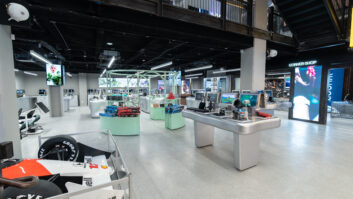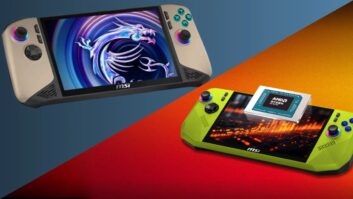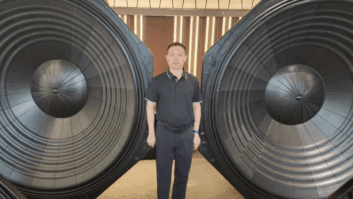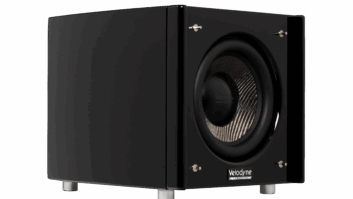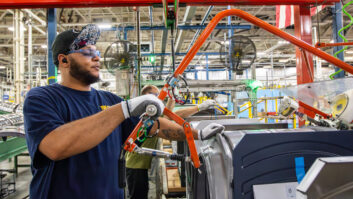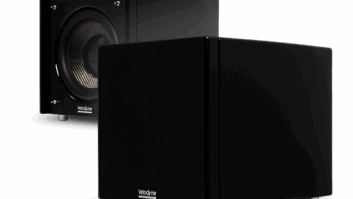MONTREAL — One of the early recruits in the mainstream robotics and smartphone-controlled toy categories, WowWee introduced its Robosapien in 2004, which went on to sell more than 6 million units. The company launched the MiPosaur at this year’s Toy Fair, an interactive robot that can be controlled via a smartphone or tablet. Richard Yanofsky, president of WowWee Canada, responded to a few questions for us.
TWICE: What was your impression of this year’s show?
Yanofsky: Toy Fair really has become a true reflection of an industry in transition. In the traditional sense, certain segments and categories remain relatively stable and predictable. Preschool, construction, feature film licensing, dolls/plush are some examples of this.
I also believe that age compression is seriously affecting the industry: Kids are getting older younger. Toy manufacturers that live outside these areas are now being forced to consider both the competitive forces and the opportunities that technology offers.
It was also interesting to see how the effect of crowdfunding and private equity is making its way into the innovative part of the industry. There were some really interesting start-ups with some smart minds behind them.
TWICE:WowWee was an early entrant to the consumer robotics and the smartphone-controlled toy categories. What are your current impressions of these markets?
Yanofsky: The robotic category is still in its infancy, and people’s expectations of what defines a robot is still not clear. In the toy/entertainment space, form and function is very much biased towards creating a character as a basic payoff. In the utility space, robotics are thought of more in terms of what it does. I do believe we around the corner from those two worlds intersecting. The smartphone will be the controller and interface to all these new products. It’s happening now in the home-automation world.
TWICE:What have been some of the biggest challenges you’ve faced in the category?
Yanofsky: By far, the biggest challenges are the conflicting forces of innovation, product cost, functionality, and how we message and position the product — all within the context of selling the right payoff, at the right price and doing enough volume to rationalize all the effort. Having said that, we also realize that the continuity of Wow Wee is located in our R&D and access to technology.
TWICE: What kind of feedback are you receiving from retailers?
Yanofsky: Retail feedback and the partnerships we form are instrumental in our ability to message effectively. As we continue to resonate with the consumer, retail is becoming more responsive to creating an experience that shows the product effectively, which is hugely important to us. I think we have been able to generate a real level of excitement and anticipation around what we are doing, which really made for a satisfying Toy Fair.
TWICE: What have you found to be the most successful distribution model for your lines? Why do you think this is?
Yanofsky: Our approach to “distribution” is not about the most or least successful — it’s everything. We live in a 360 world where everything is connected: brick-andmortar, online, events, DRTC. You need it all, and you have to be consistent with your story across all platforms. Our approach to distribution really lies in all the different ways we get to face the end user, while trying to maintain order in price-driven market.





